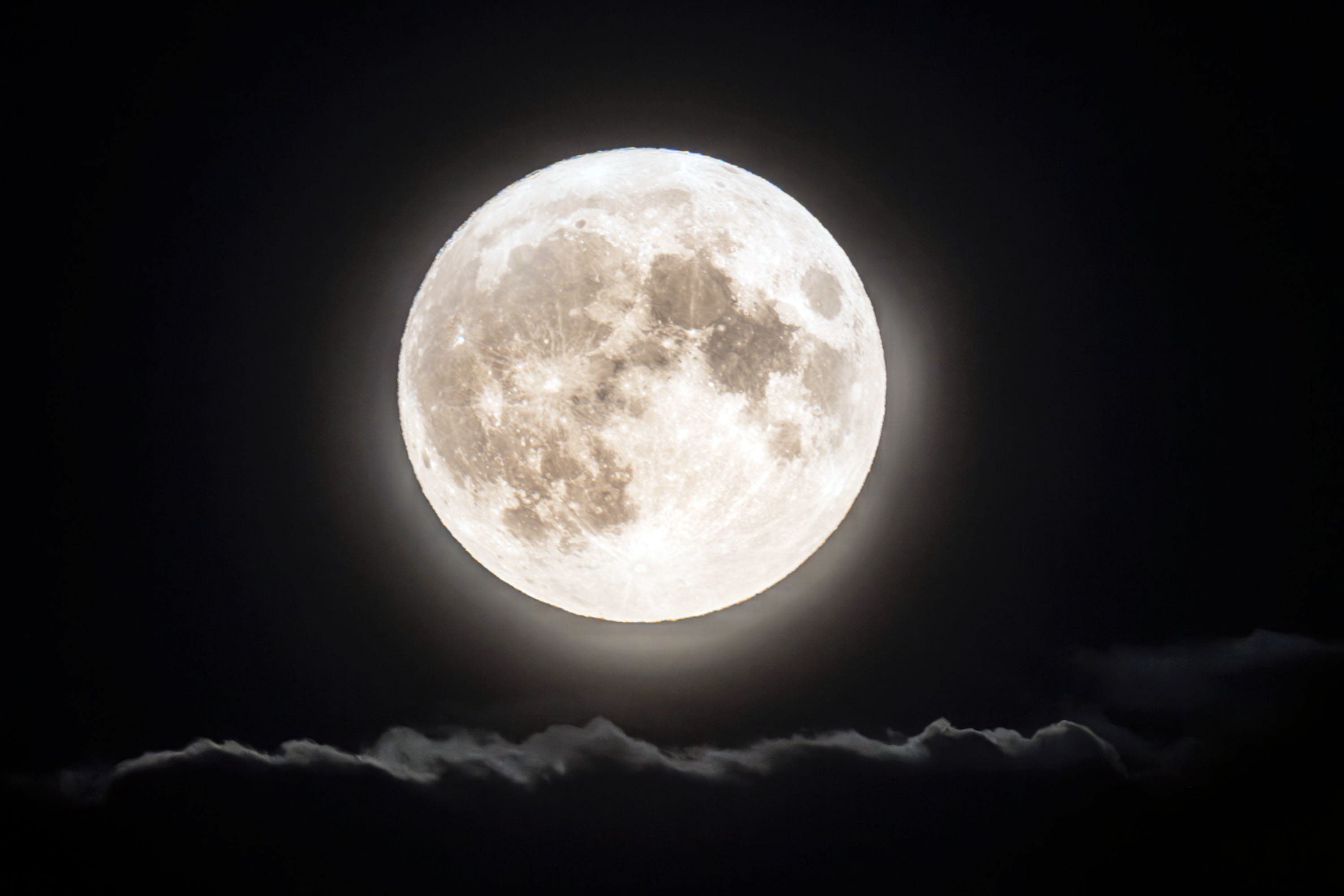Rare blue supermoon to light up the sky
During a supermoon, the moon appears up to 14% bigger and 30% brighter compared with when it is furthest away.

Your support helps us to tell the story
From reproductive rights to climate change to Big Tech, The Independent is on the ground when the story is developing. Whether it's investigating the financials of Elon Musk's pro-Trump PAC or producing our latest documentary, 'The A Word', which shines a light on the American women fighting for reproductive rights, we know how important it is to parse out the facts from the messaging.
At such a critical moment in US history, we need reporters on the ground. Your donation allows us to keep sending journalists to speak to both sides of the story.
The Independent is trusted by Americans across the entire political spectrum. And unlike many other quality news outlets, we choose not to lock Americans out of our reporting and analysis with paywalls. We believe quality journalism should be available to everyone, paid for by those who can afford it.
Your support makes all the difference.A blue supermoon will light up the sky on Monday, in a rare event that is expected to be one of the biggest and brightest moons of the year.
A blue moon is not named after the colour, but for the timing of full moons during the year.
Blue moons usually occur about every two or three years, but unusually in 2018 there were two blue moons, only two months apart.
The next time there will be two blue moons in a year will be 2037.
The moon has also been called the green corn moon, the grain moon, and the red moon for the reddish colour it often takes on in the summer haze.
The supermoon means Earth’s satellite is closest to the planet.
During a supermoon, the moon appears up to 14% bigger and 30% brighter compared with when it is furthest away.
The term supermoon was coined by astrologer Richard Nolle in 1979 as either a new or full Moon that occurs when the Moon is within 90% of its closest approach to Earth.
This will be the first of four consecutive supermoons this year, with the full moons in September and October virtually tied for the closest of the year.
The moon will rise at about 7.26pm, and the best time to catch a glimpse is when conditions are best suited to a clear sky.
This means low cloud cover, favourable weather and no obstructions on the horizon, such as buildings or trees.